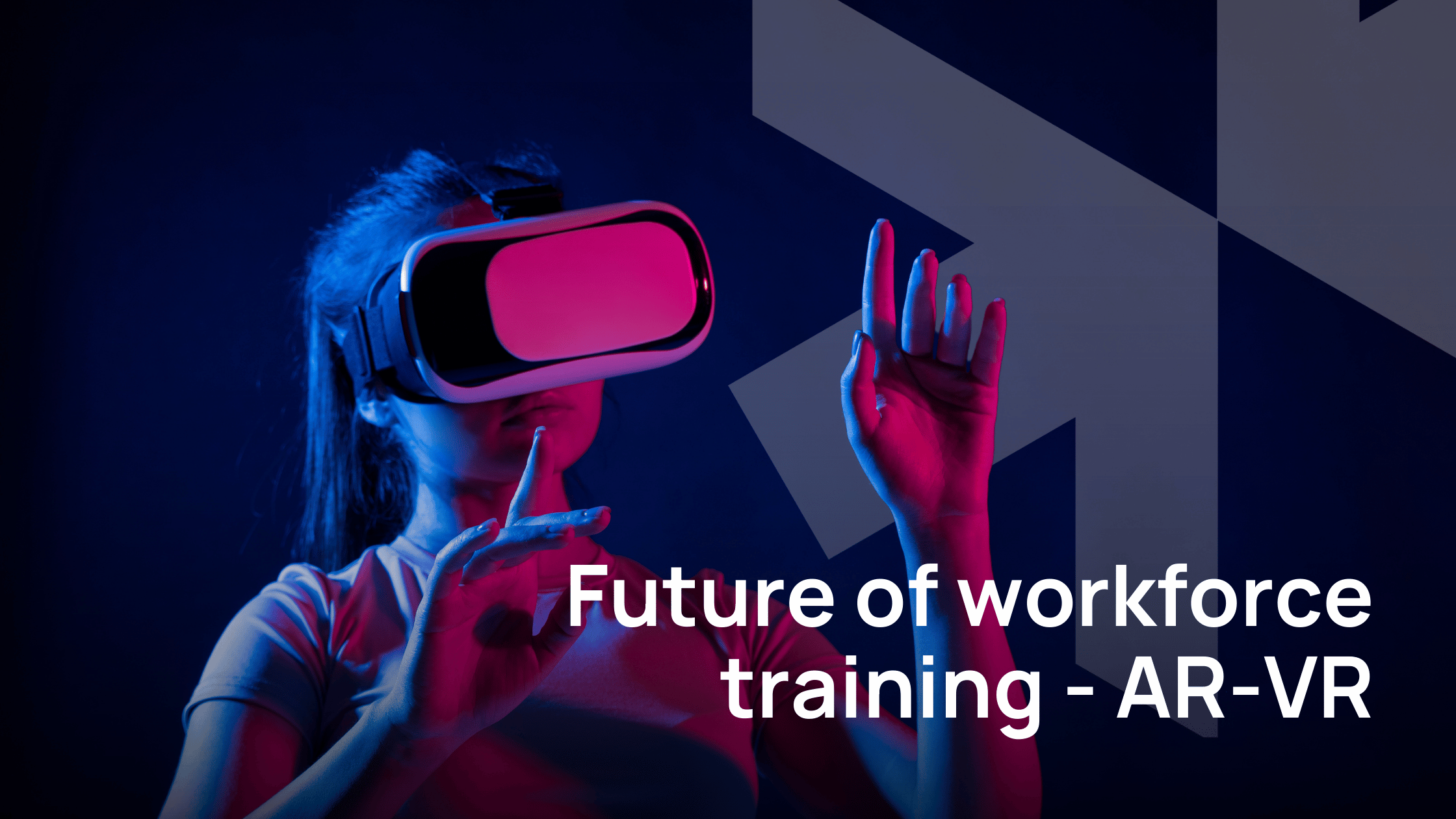Medical imaging – Present and Possibilities
Medical imaging has been pivotal in the diagnosis and treatment of various diseases since decades now. Right from X-rays to MRIs, these wide spectrum of technologies have provided crucial insights about the human body. But this is only the beginning! The next phase of neural networks is set to revolutionise this field, enhancing both the accuracy and efficiency of medical imaging, ultimately improving the impact it has on a patient’s diagnosis, treatment and recovery.
Journey so far and the Next Leap
The decades-old imaging techniques like X-ray, MRI, and CT scans often require significant human intervention and interpretation, which is time-consuming and subject to the expertise level and doctor’s perspective.
The next leap in this process is integration of neural networks – convolutional neural networks (CNNs) into medical imaging. CNNs are specifically designed to process and study visual medical data, making them an ideal solution for interpreting complex medical images with quite a complete degree of accuracy.
How do Neural Networks work in Medical Imaging?
CNNs have shown promising results over the recent years. These neural networks are trained using large datasets, generally thousands of images to help them understand and analyse the patterns in those images. This leads to the neural networks closely monitoring for anomalies and learning from references and examples. Now, CNNs can easily differentiate between benign and malignant tumours in mammograms by learning from thousands of labelled images.
But many institutions and professionals don’t have access to a verified central database of case studies of what has worked and what has not worked in terms of CNNs in medical diagnosis.
Certain bodies are trying to address that gap by transparently documenting such instances. For example, Beckman Institute for Advanced Science has recently developed a model that creates treasure maps. These maps highlight specific areas of medical images that played a significant role in conclusions by AI in the diagnosis of diseases.
How have neural networks helped in disease diagnosis?
Here are a few use cases and examples of how neural networks have positively impacted the medical field success rate –
Cancer Detection: A study showed that certain AI models can now match the performance of experienced radiologists. This is a huge breakthrough, and it is increasingly beating all odds to become more advanced over the years. For instance, a deep learning model touched an accuracy rate of 94.5% in detecting breast cancer which is significantly higher than traditional methods.
Neurological : When it comes to neurological diseases, neural networks are giving impressive results as well. They help in identifying early signs of diseases like Alzheimer’s by studying the subtle changes in the brain structure and minute anomalies. They can also easily chart disease progression.
Cardiovascular: Even in cases of cardiovascular diseases, neural networks can promptly examine chest X-rays to detect abnormalities in the heart like enlargement of the heart, and other critical conditions to provide insights and lay the foundation for effective treatment.
Can neural networks help in Treatment Planning though?
An important aspect of treating a patient is not only in correctly diagnosing a disease but also preparing an elaborate treatment plan. Here human efforts are considerably involved. Can AI, or rather these neural networks help in devising a medically accurate treatment plan? Turns out it can! AI models have recently been very precise in planning out treatments.
For example, Tyche, a medical AI tool, makes notes of uncertainty in medical images and provides multiple plausible segmentations. This allows clinicians to choose the most appropriate option for treatment planning without needing to retrain the model.
The positives of integrating of Neural Networks
- Accuracy: Neural networks have demonstrated that they can detect diseases with a bit of higher accuracy than traditional methods. For example, AI models have helped in reducing false positives in mammography by up to 50%.
- Faster Diagnosis: Automated analysis of medical images almost instantaneously delivers a verdict on the diagnosis. This leads to quicker decision-making, which is necessary in emergency situations.
- Containing Human Error: Human errors arising out of fatigue, incomplete knowledge and lack of access to huge databases of past cases, can be contained by neural networks leading to more reliable diagnoses.
- Low-cost: AI-powered imaging systems can run at minimal costs compared to manual processes, because they tirelessly handle large volumes of data, reducing the need for repeated scans and lowering overall healthcare costs.
Where do neural networks fall short?
Despite many advancements in neural networks, several challenges remain:
- Technical Limitations: For these neural networks to function seamlessly, advanced and high-level computational power is required along with seemingly endless datasets. More efficient algorithms and powerful hardware solutions are the need of the hour.
- Patient Privacy: AI models are fed huge amounts. of private data of patients which are prone to exposure in public due to insufficient data regulations around neural networks being used in medical diagnosis. This needs to be addressed by government bodies and institutions.
- Collaboration: The efficient usage and implementation of neural networks in medicine demands contributions by multiple stakeholders and people from different fields – AI researchers, healthcare professionals, and regulatory bodies. The collaboration needs to be made seamless for agile impact.
What does the future hold for neural networks?
The future of neural networks in medical imaging is promising. Emerging trends include the development of convolutional optical neural networks (ONNs) that perform convolution operations directly in the optical domain. This innovation is expected to enhance imaging speed and quality significantly, impacting not only medical imaging but also fields like autonomous driving and robotic vision.
Neural networks are rapidly developing and the future seems like a utopian reality. ONNs (convolutional optical neural networks) are in the making which perform convolution operations directly in the optical domain which leads to higher speed and quality. This is supposed to impact not only the medical field but also robotic vision and autonomous driving.
As research continues to advance, the potential for neural networks to affect medical diagnosis is indeed vast. Consistent innovation will be key along with ensuring that AI technologies are used responsibly and effectively.
Conclusion
Medical imaging is the stepping stone for the incredible potential the future holds in terms of usage of neural networks in the field of medicine. Medical institutions and professionals around the world need to closely collaborate with AI professionals to enhance the quality of AI models with accurate inputs and world-class innovative ideas.
Book a free consultation with us and transform your organisation with custom AI solutions by Crafsol.







